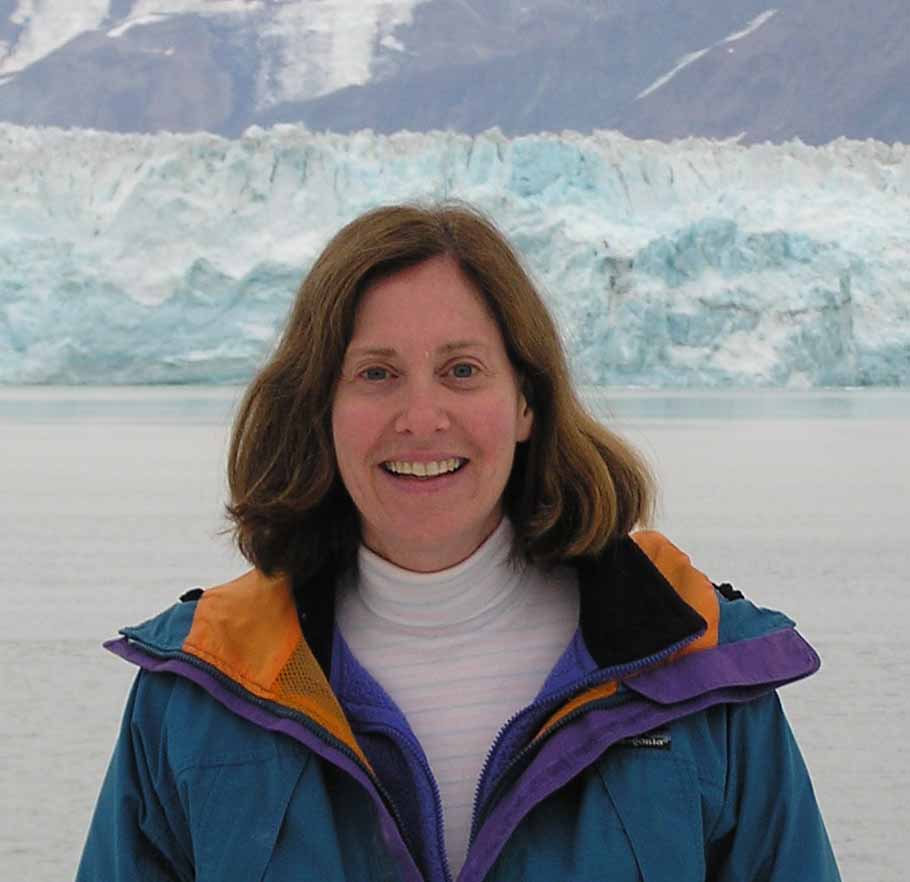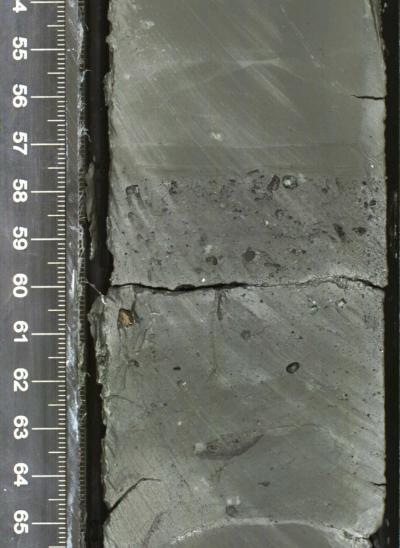SciWorks Radio is a production of 88.5 WFDD and SciWorks, the Science Center and Environmental Park of Forsyth County, located in Winston-Salem. Follow Shawn on Twitter @SCIFitz.
Born of elements manufactured in stars and dispersed through space via Supernovae explosions, Earth is a dynamic machine. Always in motion, the materials of our planet are constantly made, destroyed, and re-made. Mountain-building is one such process. Rock, once a seafloor of mud, sand, and pebbles, towers into the sky, only to erode away, becoming a new and different seafloor, layered like pages in a book.

Appalachian State University Geology Professor Dr. Ellen Cowan reads these pages, most recently off the coast of Alaska. They tell the full story of geological changes on the continent, as written by glaciers over millions of years.
(Dr. Cowan's work is funded by USSSP and NSF, and was a part of the International Ocean Discovery Program (IODP))
“I'm a geologist and my particular focus is in the glacier marine environment, which is the interface between glaciers on land and the marine record in bodies of water like the fjords or oceans.”
Glaciers move Earth material away from the continent like conveyor belts.
“The record I look at is the record of ice rafting in the ocean, and we wouldn't have a way of accessing this record on land because every wave of glaciation takes out the rocks that were deposited before it. So the icebergs and sea ice would pick up the particles of rock, either stones or sand, and float them out into the deep sea. And when the ice melts that sand falls to the seafloor, and that's what we gather to look at the evidence of glaciation on land.”
The material is sampled in rock cores, drilled and recovered from a research vessel.

Differences in the deposited material, as shown in the layers of the core, reflect and reveal changes on the continent. The deeper you drill, the farther back in time you can read, and Dr. Cowan and her team analyzed cores up to a kilometer in length.
“The rates of sedimentation from these very large, warm temperate glaciers into the ocean are very high. They're on the order of 100 cm per thousand years, which in geological terms is extremely high.
The record goes as far back as 10 or more million years, and we can see when glaciation started up in the coast of Alaska. And by this glaciation I mean when did the glaciers get large enough to make it to the coastal zone and to discharge icebergs out into the sea?”
Dr. Cowan's research is about adding to the body of scientific knowledge. Future researchers will refer to her work in their own research. She leaves an encyclopedia of the mud and rock beneath the seafloor telling Alaska's geologic story throughout deep time.
"And so with these details in the record that we're looking at to try to think about what happened on the continent in terms of glaciers cutting valleys through the mountains and being a major erosive force on Alaska... We see the onset in the gulf of Alaska area around 2.8 million years ago. That's when glaciation picked up and these icebergs started to come off shore. And we see the next big advance of glaciation at about 1.2 million years when it looks like glaciers actually grew in size.
We can think about the importance of ice in terms of an end member of climate conditions. If we lose all the ice on earth, then we have a climate which isn't like our climate today, or the glacial climates of the past. It changes the weather, changes sea level; it changes our perspective with the earth. And I think knowing what has happened is a really important perspective for us to have. As I told my students in class, what has happened can happen again, and so that's why it's important to be aware of what sort of fluctuations have occurred over time in the geologic past."
---
This Time Round, the theme music for SciWorks Radio, appears as a generous contribution by the band Storyman and courtesy of UFOmusic.com.

300x250 Ad
300x250 Ad
